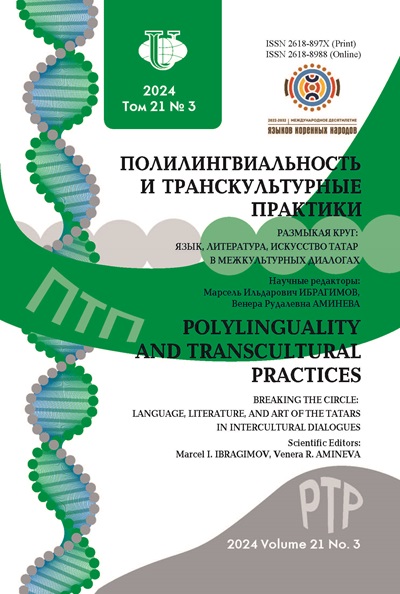ИНТЕРФЕРИРУЮЩЕЕ ВЛИЯНИЕ ИТАЛЬЯНСКОГО ЯЗЫКА ПРИ ИЗУЧЕНИИ РУССКОГО ЯЗЫКА: ФОНЕТИЧЕСКАЯ, ОРФОГРАФИЧЕСКАЯ, ГРАММАТИЧЕСКАЯИ СИНТАКСИЧЕСКАЯ ИНТЕРФЕРЕНЦИЯ
- Авторы: Беженарь ОА1
-
Учреждения:
- Миланский государственный университет
- Выпуск: № 4 (2015)
- Страницы: 51-57
- Раздел: Статьи
- URL: https://journals.rudn.ru/polylinguality/article/view/12992
Цитировать
Полный текст
Аннотация
Как увеличить объем учебного материала по русскому как иностранному в итальянской аудитории, сократив при этом сроки его изучения? Как добиться более точного понимания и более глубокого усвоения языка? Как усилить положительный перенос и преодолеть отрицательное влияние родного языка? Ответ на эти вопросы дает анализ наиболее типичных устных и письменных ошибок студентов, которые обусловлены межъязыковой интерференцией (родного или второго неродного языков). Различие алфавитов и артикуляционной базы языков, системные различия в грамматике и лексике - все это рождает стойкие и трудно исправимые ошибки. Первым шагом для устранения их из речи учащихся является осмысление преподавателем природы этих ошибок. Вторым - такое построение учебного процесса, которое бы учитывало сходства и различия родного и изучаемого языков и могло бы тем самым предотвращать нарушения в речи итальянцев на русском языке.
Список литературы
- Азимов Э.Г., Щукин А.Н. Новый словарь методических терминов и понятий. М.: ИАКР, 2009.
- Вагнер В.Н. Методика преподавания русского языка англоговорящим и франкоговорящим. Фонетика. Графика. Части речи. М., 1995. С. 17.
- Хавронина С.А., Крылова О.А. Обучение иностранцев порядку слов в русском языке. М., 1989.
- Шатилов С.Ф. Актуальные проблемы методики обучения русскому языку иностранных учащихся. Л., 1985. 24 с.
- Palma Gallana, Pia Dusi, Noskova Tatiana. Russo. Grammatica alfabetica. Avallardì., 2012.















